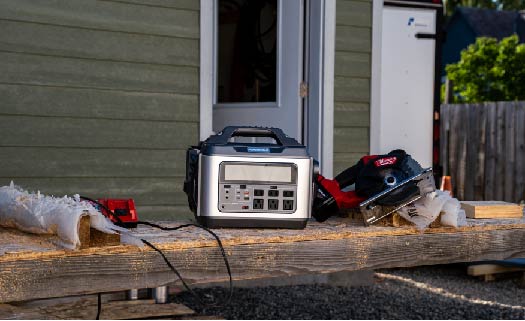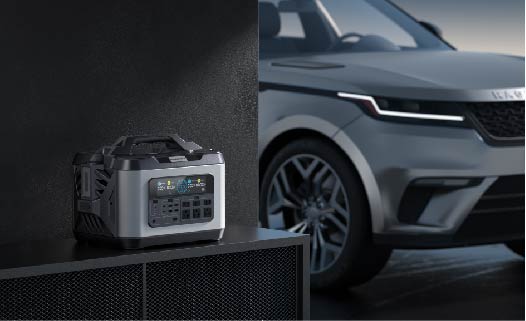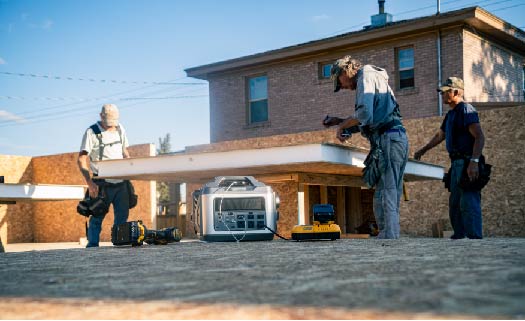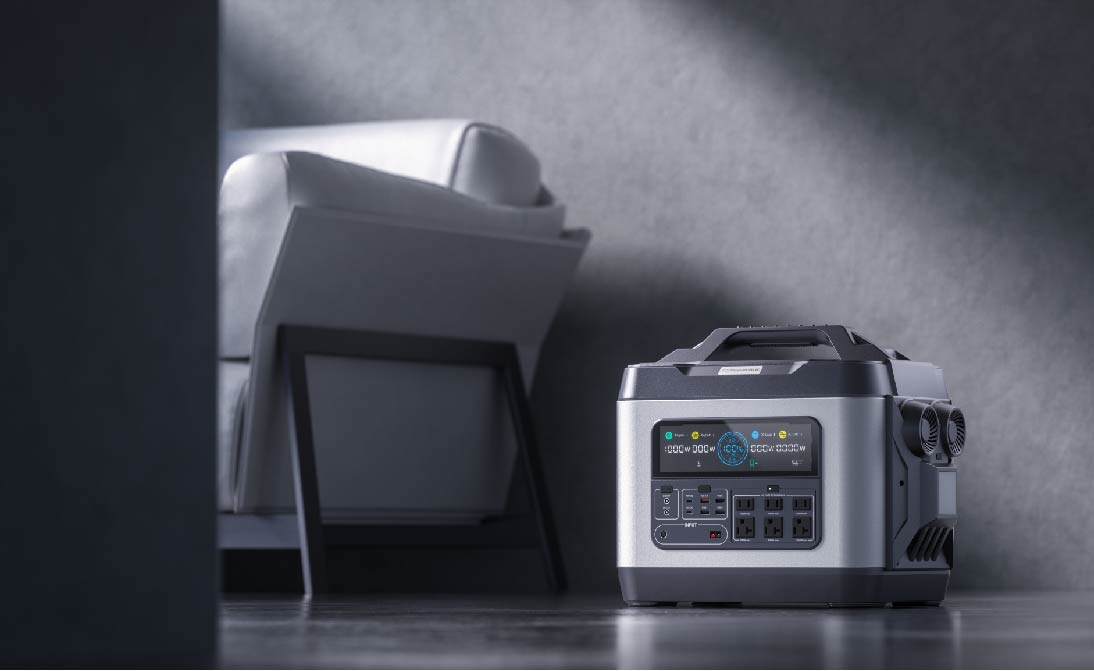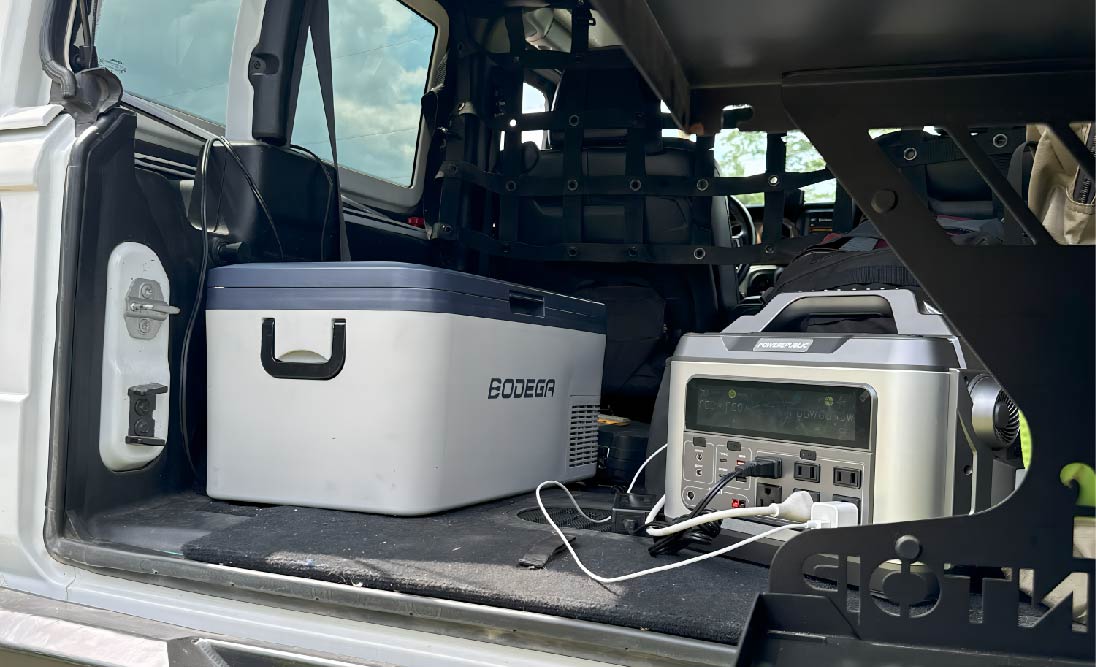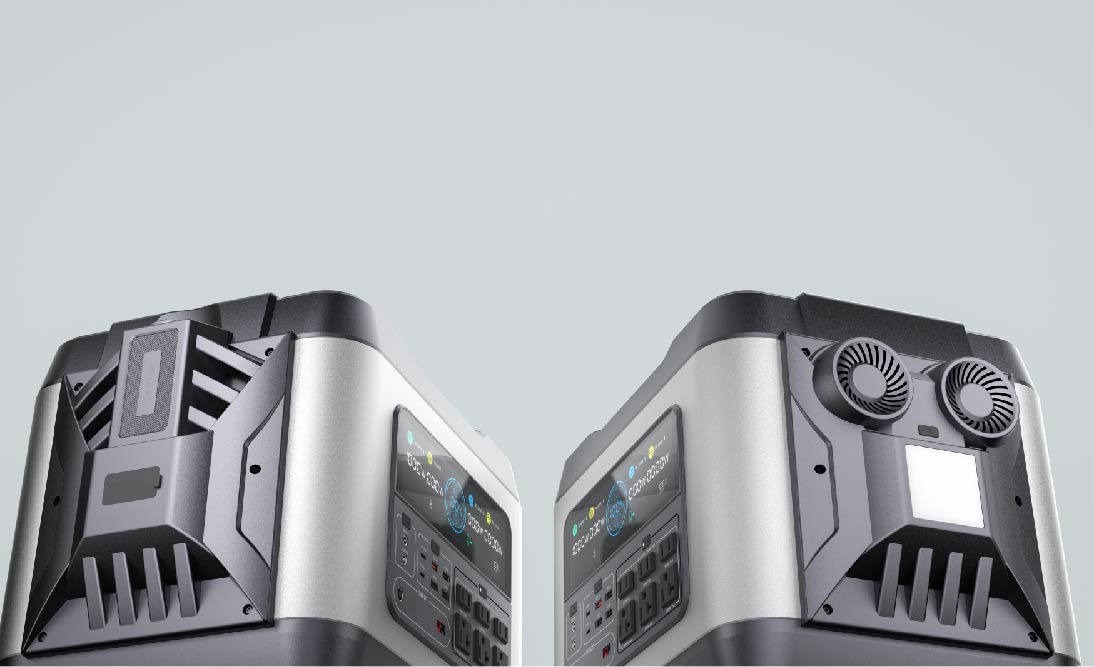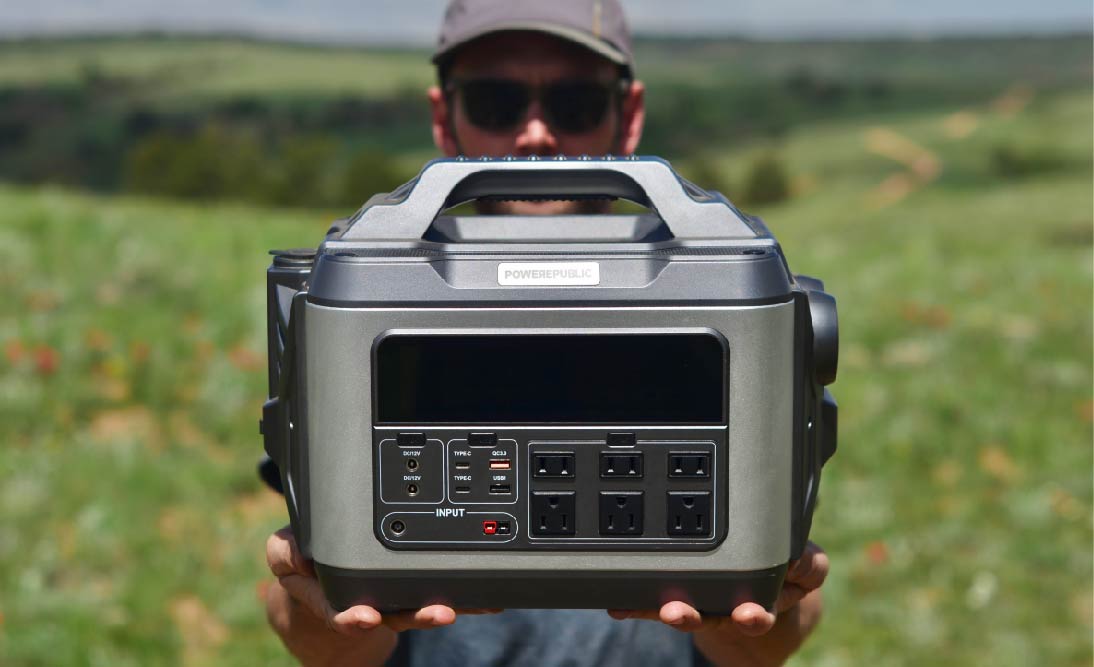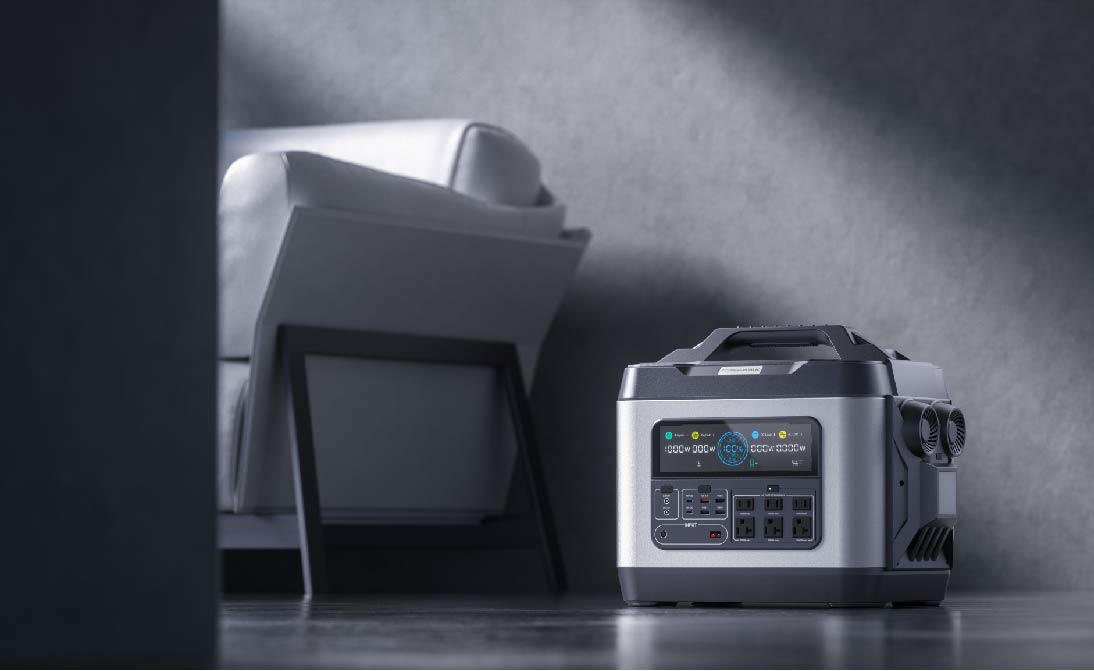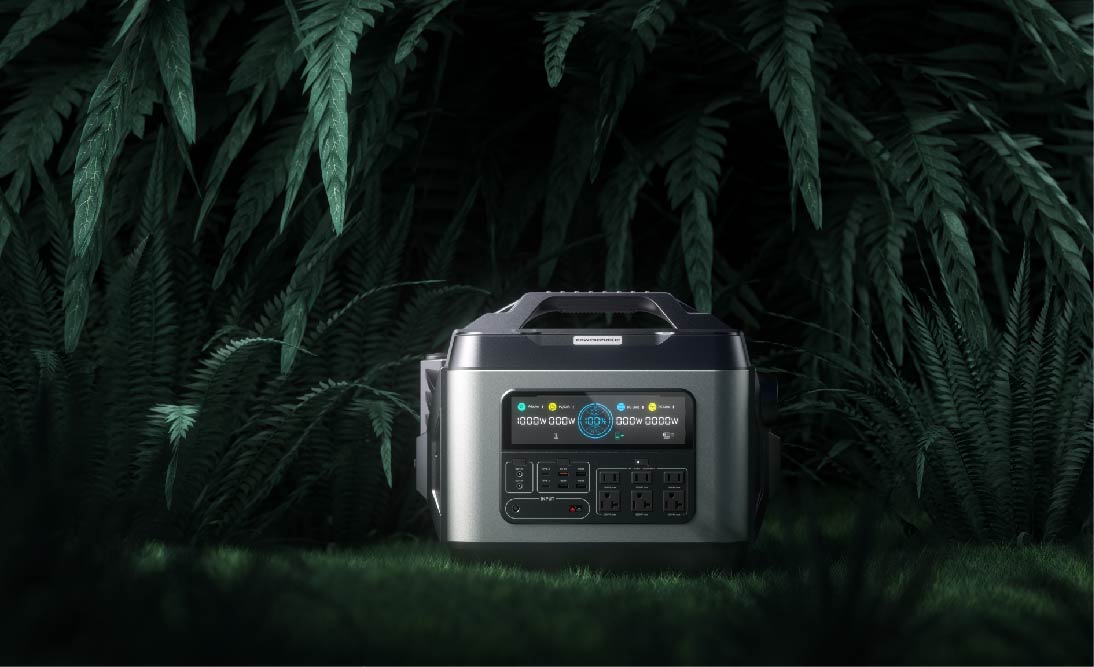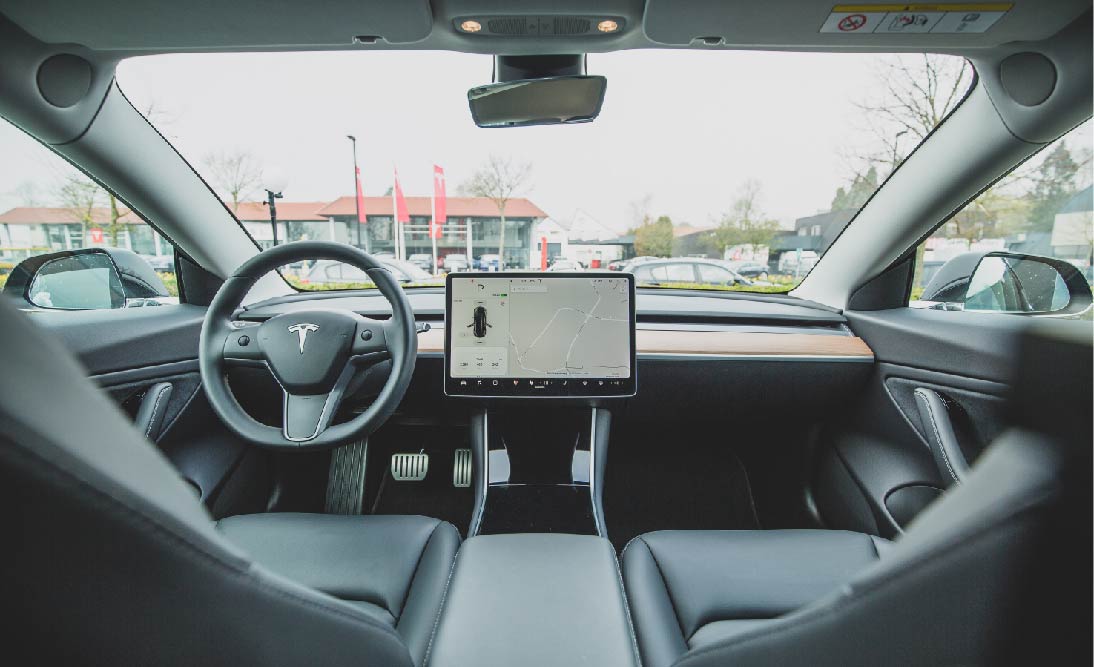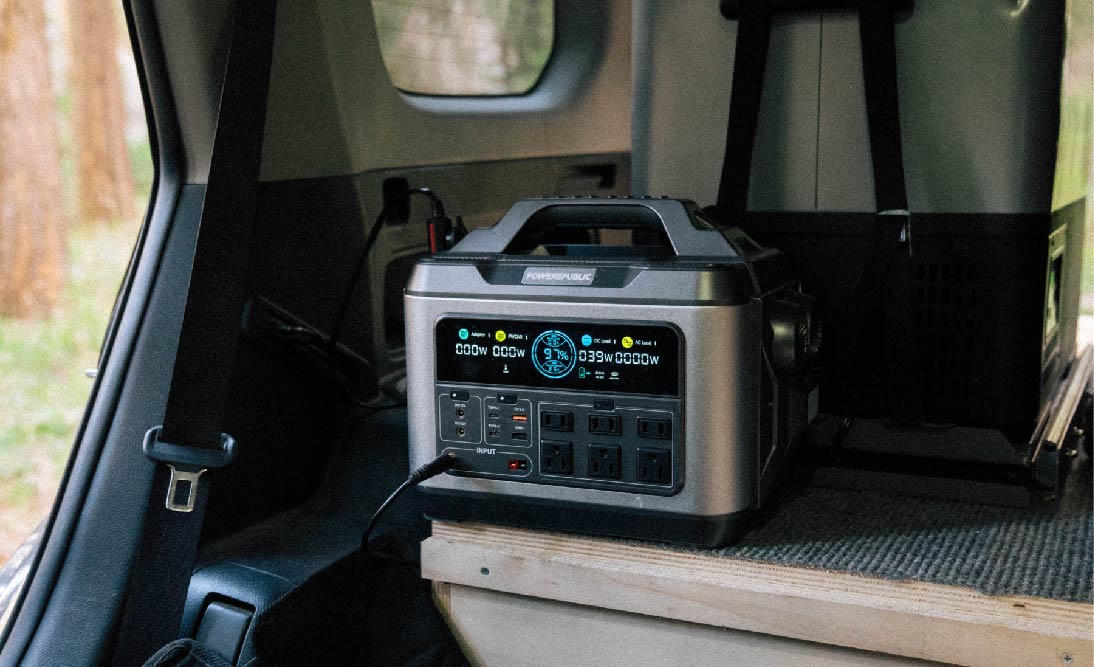Table Of Contents:
You’re probably well acquainted with UPS the delivery service. However, when it comes to the term UPS, many people still have no idea what it stands for.
In general, an Uninterruptible Power Supply (UPS) is a device that provides emergency or backup power to devices when the primary power source fails, fluctuates, or is unstable outside of the normal voltage level. It is designed to provide a reliable and continuous power supply to appliances, such as computers, servers, telecommunications equipment, medical devices, and so forth. A UPS relies on gird power to run simultaneously.
What are the main components of a UPS?
The main components of a UPS include:
-
Battery: stores electrical energy and provides power to the connected equipment in the event of a power outage. The battery is charged when the input power is available.
-
Rectifier: converts the AC input power from the utility into DC power
-
Inverter: The inverter converts DC power from the battery into AC power.
-
Transfer switch: It is responsible for switching the power source from the utility to the battery/inverter during a power outage.
-
Control circuitry: It is responsible for monitoring the input power, battery voltage, and other parameters to ensure that the UPS is working properly.
-
Surge suppression: protects the connected equipment from power surges and spikes.
-
Communication ports: allow the UPS to communicate with the connected devices and notify them if there are any power events or issues.
UPS devices are also available in different sizes and configurations due to different applications. Some of the common types include standby UPS, line-interactive UPS, and online UPS. Standby UPS provides power ONLY when the primary source fails. Line-interactive UPS, on the other hand, has additional features to regulate voltage fluctuations. Online UPS provides the highest level of protection by filtering out all power disturbances to provide a continuous power supply.
Can Portable Power Stations Act like a UPS?

In simple terms, portable power stations can work like a backup power source for your devices during power outages. They can keep your equipment running continuously. However, they won't automatically detect a power failure, and if there's any issue, they will shut down to stay safe.
Portable power stations continuously use their battery to power your devices and recharge themselves, which can wear out the life span of the battery over time. To know more about how to prolong a portable power station’s lifespan, Click to learn more about it. Technically speaking, portable power stations cannot be categorized as UPS, but they do have some UPS-like functionalities.
On the other hand, a true UPS (Uninterruptible Power Supply) is smarter. It detects power outages quickly and switches to battery power to keep your devices running. When the power is back, it switches back to regular power, preserving the battery for long-term use.
So, while a UPS may sound complex, it's very useful and effective for your daily needs.
What are the differences between a UPS and a Portable Power Station?
Let's dive into the differences between portable power stations and Uninterruptible Power Supplies (UPS) in more detail:
Portable Power Stations
-
Portable power stations are versatile devices that provide electricity on the go. They are like a compact, portable power source that can charge various devices, run appliances, and even serve as an emergency power backup during blackouts. However, when it comes to acting as a UPS, they have limitations.
-
Continuous Discharge and Recharge: Portable power stations work by continuously discharging their internal battery to power your devices while simultaneously recharging themselves when connected to a power source. While this ensures uninterrupted power for your equipment, it can impact the battery's lifespan over time. The constant cycling of charge and discharge can lead to a reduction in the battery's charge cycles, ultimately shortening its overall lifespan.
Grid Power Detection: Unlike true UPS systems, portable power stations lack the sophisticated sensors and mechanisms required to detect grid power failures. They cannot sense a sudden power outage and switch seamlessly to battery power. As a result, they might not be the best choice for applications where immediate, uninterrupted power is crucial.
Uninterruptible Power Supplies (UPS)
A UPS, or Uninterruptible Power Supply, is specifically designed to address the challenges posed by power interruptions and fluctuations. Here's how it works:
-
Grid Power Detection: A UPS is equipped with sensors that continuously monitor the quality and availability of the grid power supply. In the event of a power outage or a voltage surge/dip, the UPS's sensors detect the issue within milliseconds.
-
Seamless Power Switching: When a UPS senses a grid power failure, it responds instantly. It switches over to its internal battery power within a fraction of a second, ensuring that your connected devices and critical equipment remain powered without any interruption. This seamless transition is vital for applications where even a momentary loss of power can have serious consequences.
-
Battery Preservation: UPS systems are designed to prioritize the preservation of their internal batteries. When the power is restored, the UPS switches back to using grid power to both run connected devices and recharge its battery. This intelligent design helps extend the lifespan of the UPS battery, making it suitable for long-term use.
So While portable power stations are excellent for providing backup power and charging devices on the go, they are not ideal replacements for true UPS systems in scenarios where uninterrupted power supply and battery preservation are critical. UPS devices are specifically engineered to safeguard your equipment from power disruptions, making them highly effective for both home and business applications, ensuring your devices remain powered, and your data is protected during unexpected power events.
What are the main benefits of a UPS?
The primary advantage of a UPS (Uninterruptible Power Supply) is to ensure continuous and reliable power, even when faced with unexpected disruptions. Let's explore this further:
-
Origin and Purpose: Initially, UPS systems were developed to maintain the normal operation of alarm systems during power outages. Over time, their utility expanded to safeguard sensitive desktop computers and other electronic equipment. These devices are prone to damage when abruptly shut down due to power failures, potentially resulting in data loss. A UPS effectively prevents such incidents by providing uninterrupted power during emergencies or outages.
-
Data Protection: One of the central benefits of a UPS is its ability to protect critical data. When a power outage occurs, the UPS seamlessly takes over, allowing connected devices to continue running without any disruptions. This prevents data loss and ensures that important work remains safe and accessible even in challenging circumstances.
-
Versatility: UPS systems have found applications in various settings, including homes and regions prone to extreme weather conditions. For example, refrigerators and freezers play a vital role in preserving food and medications. However, they are vulnerable to extended power outages. By connecting these appliances to a UPS, homeowners can have peace of mind knowing that their perishables are protected. Additionally, the UPS regulates grid power, offering a reliable and safe backup source when needed, even during absences from home.
-
Medical Equipment Support: Medical equipment, such as oxygen machines and CPAP devices, often require a continuous power supply to function correctly. A UPS proves invaluable in such cases, ensuring that essential medical devices remain operational during power outages. This feature significantly enhances the safety and well-being of individuals relying on these devices.
-
Countless Additional Benefits: Beyond these mentioned advantages, UPS systems offer a wide range of benefits. These include safeguarding against voltage fluctuations, providing surge protection, and preserving the integrity of electronics and appliances. Additionally, businesses and critical infrastructure rely on UPS systems to prevent costly downtime and maintain operations during power disturbances.
A UPS serves as a dependable solution for maintaining power continuity in various situations, from protecting valuable data to ensuring the functionality of vital equipment and appliances. Its adaptability and versatile applications make it an essential component in both residential and commercial settings.
Conclusion
In a nutshell, both Uninterruptible Power Supply (UPS) and portable power stations are beneficial and ensure uninterrupted power supply to various devices and appliances. UPS is especially effective for providing backup power in commercial or industrial settings, such as servers, data centers, and medical equipment, which require continuous power to operate. Portable power stations, on the other hand, are highly convenient for outdoor activities or emergencies, where access to electrical outlets may be limited or unavailable.
Overall, both UPS and portable power stations are considered good investments for their personal and professional use. They offer a reliable source of backup power, enhance energy efficiency, and promote sustainability. As such, it is important to figure out the specific needs and requirements before choosing a UPS or portable power station.
Learn More About POWEREPUBLIC Portable Power Stations.









